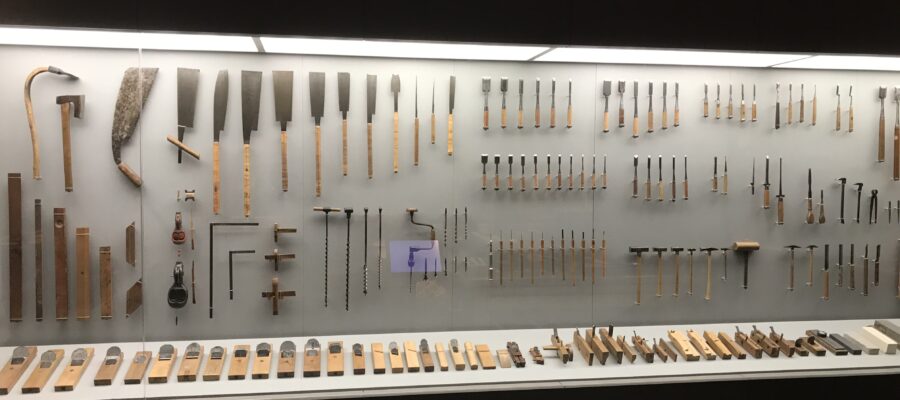日本の大工道具を学ぶ
神戸で訪日研修生の方々への講義を終えて、時々、この竹中大工道具館の見学に来たりします。午前9時から10時半まで講義をして、11時から1時間程度見学して、日本の大工道具ならびに建築技法などを実物の道具を見ながら理解して頂きます。その後、法隆寺や東大寺に行くと、日本の伝統的な建築に対し、興味を深めていただけるようです。
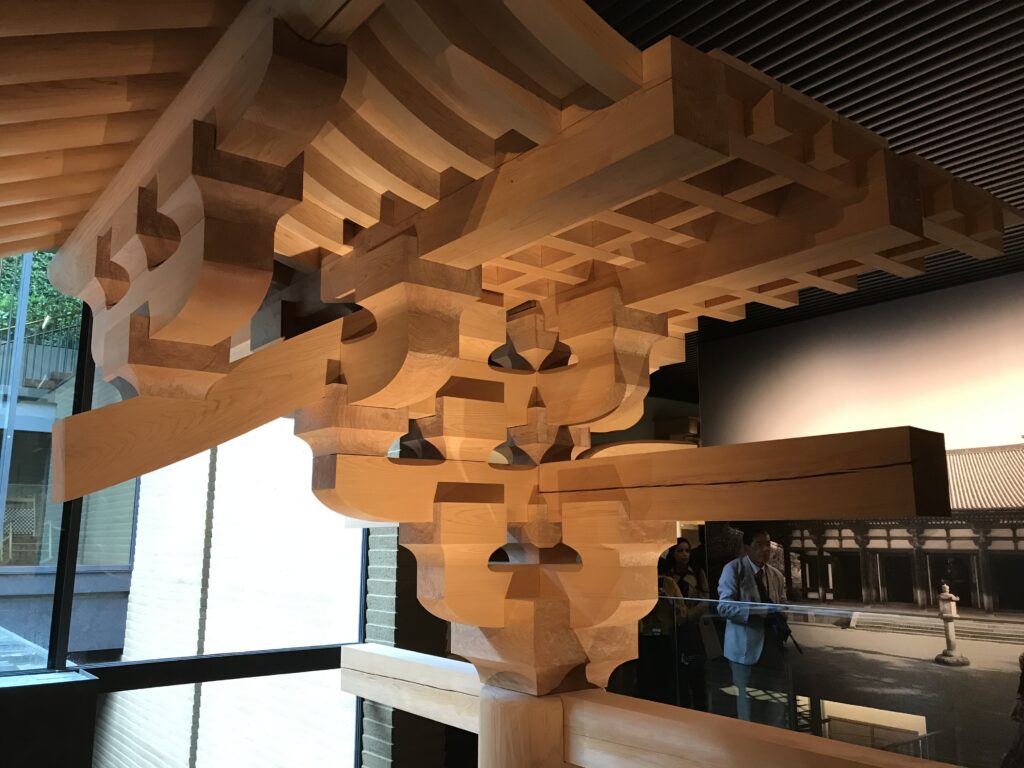
継手と仕口
継手や仕口の企画展に遭遇する時は、木と木を縦方向あるいは横方向につなぐ場合のつなぎ目の部分を分解して見ることができるので非常に興味深いです。実際に手に触れて、どのように木と木を繋ぐか、あるいは解体するかを、見本で体験することもできます。
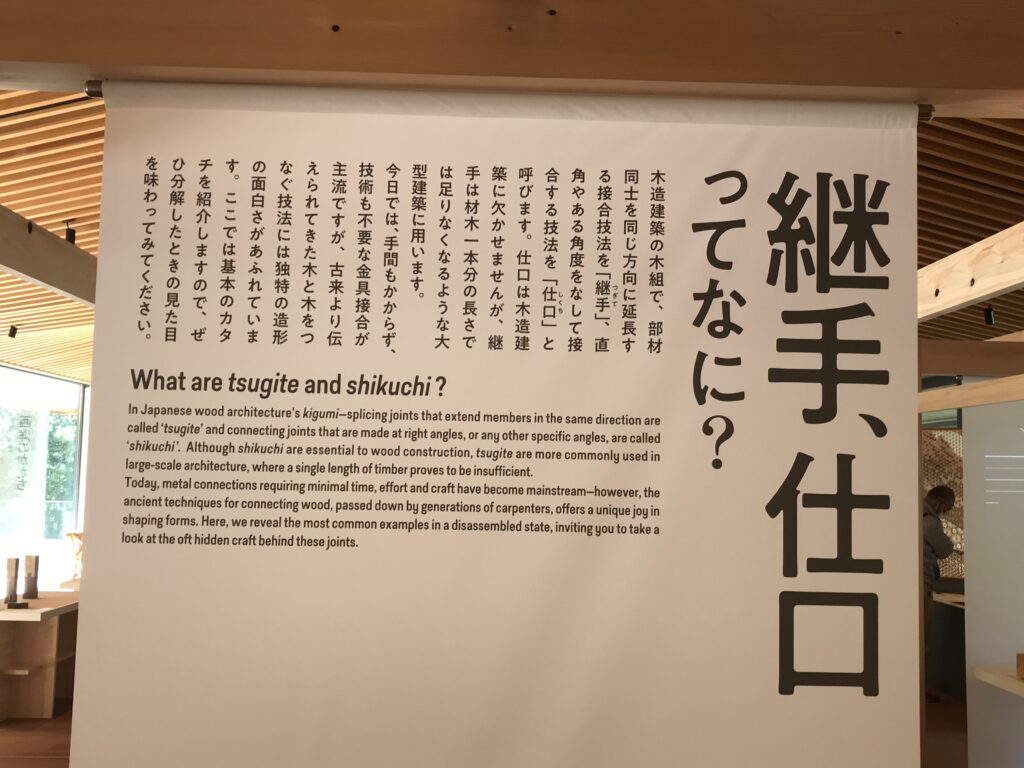
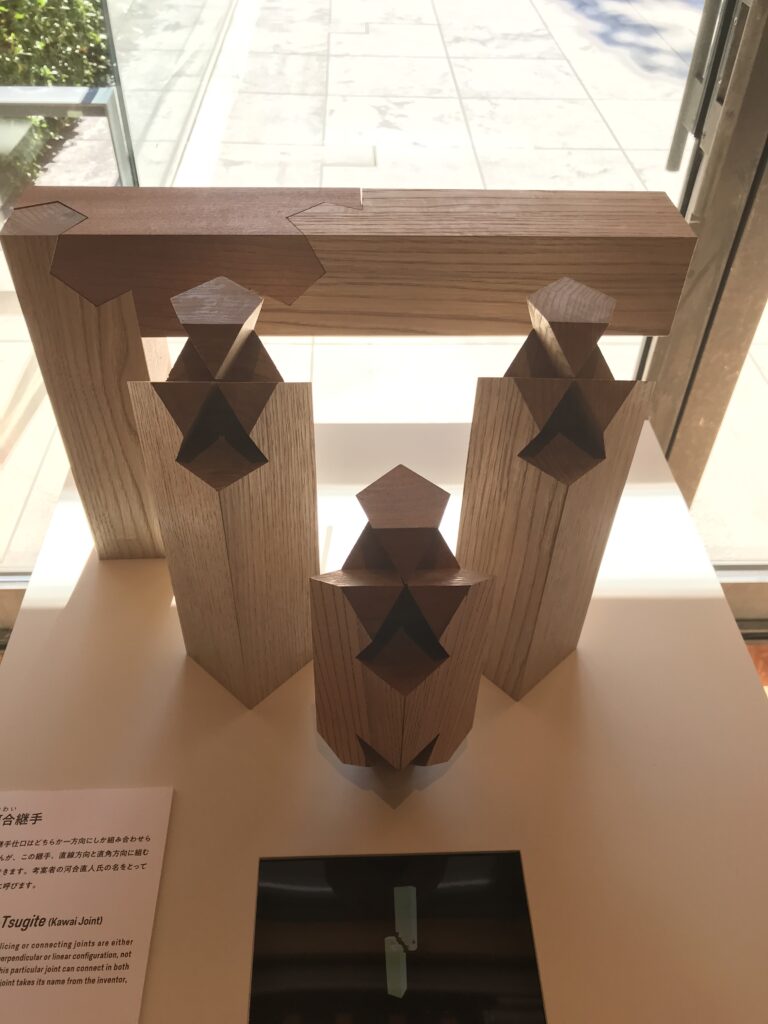
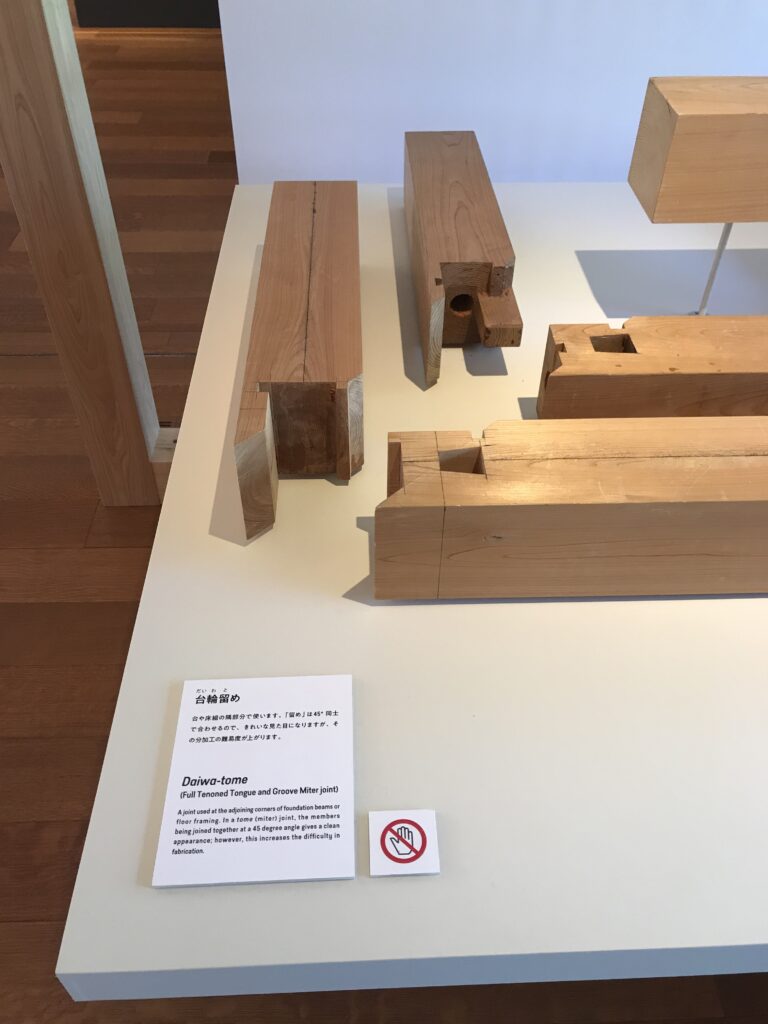
縦方向の切り方の変遷
大工道具で最初に思い浮かべるのは鋸でしょう。法隆寺を作っていたころは大木を縦に切断する際は、くさびを打ち込んで木を割っていたそうです。そのため、木の細胞に沿って切断されるため、必ずしも真っ平ではありませんでした。ただし、細胞を傷つけずに切断できます。時代を経て、室町時代ごろに、添付の写真のように大きな木を縦方向に切るための鋸が普及していったようです。
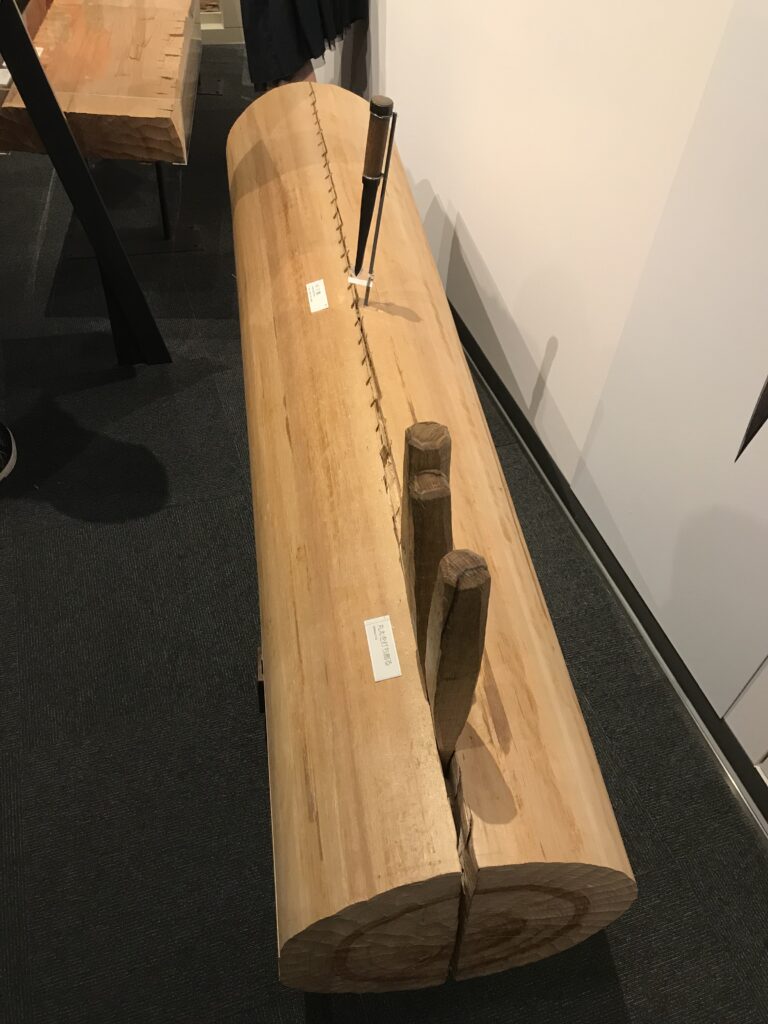
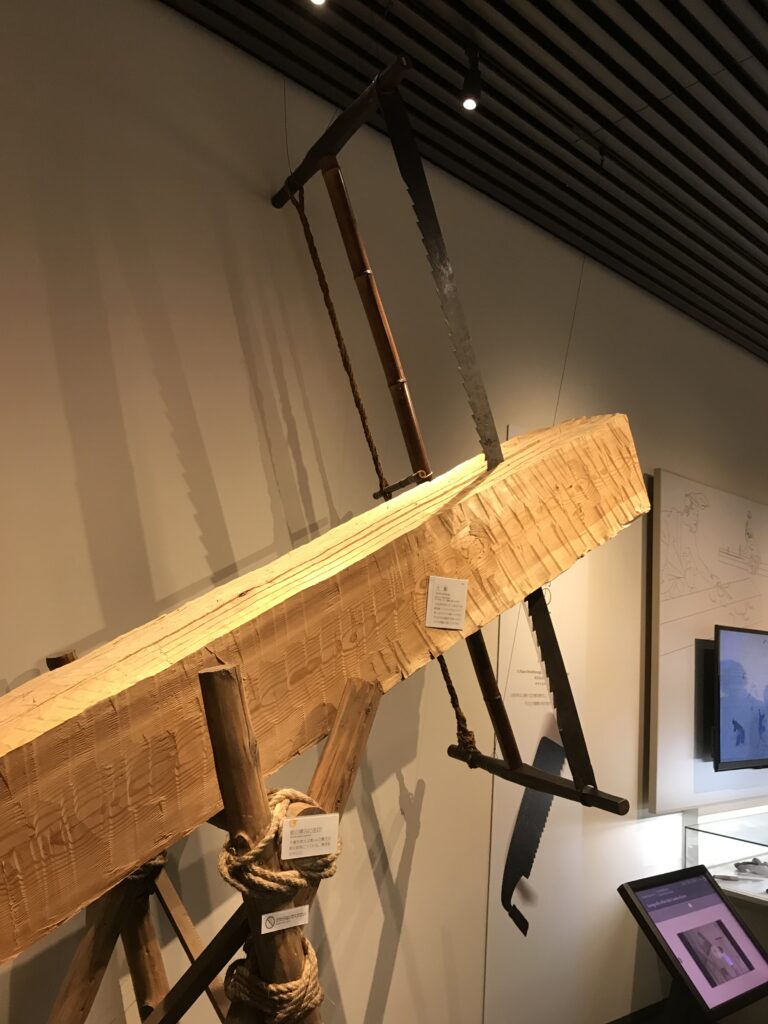
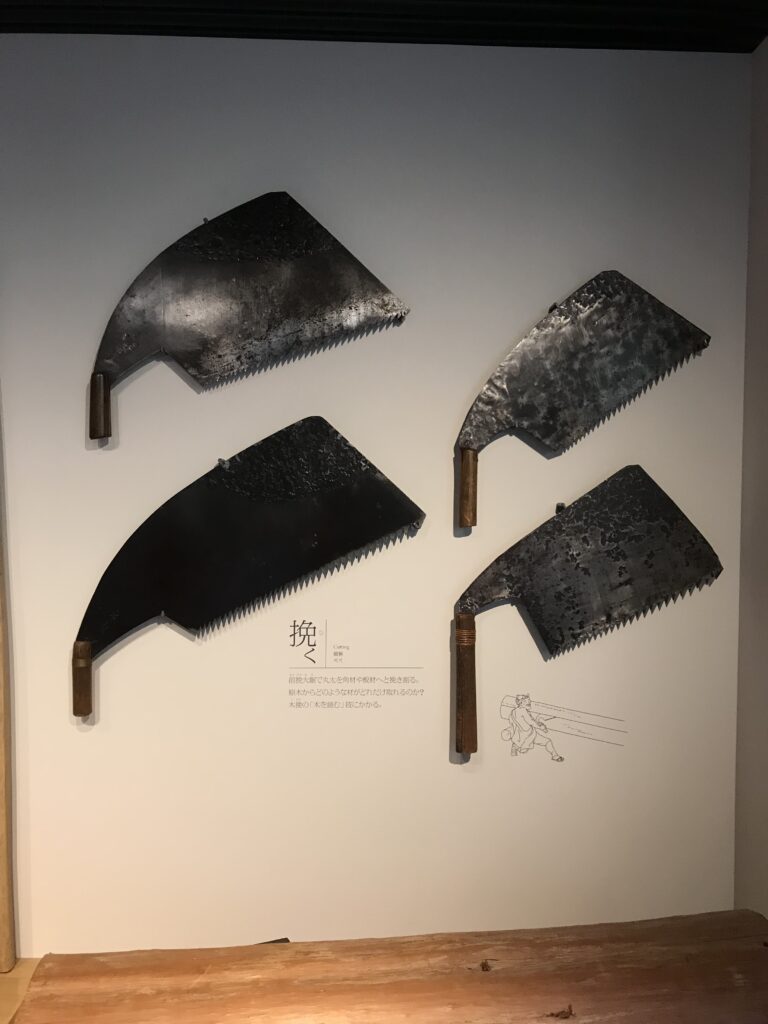
鋸以外にも、カンナやノミなど、いろいろな大工道具を展示しています。カンナだけでも相当の種類があります。それほど細かい用途が分かれていて、それぞれの道具を使用したのでしょう。大工さん達が完成度の高い仕事を追求していたのが分かります。
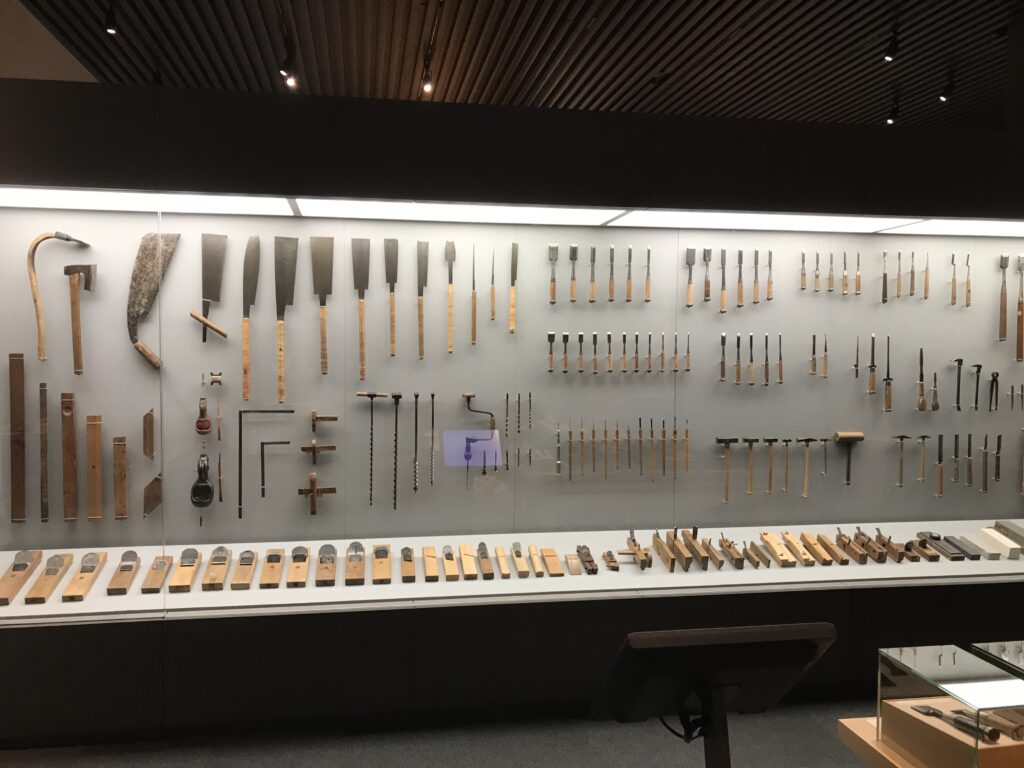
木の匂いもかげる
道具以外にも、日本の建築で使われる木そのものも展示してあり、カンナで削った鰹節のような薄い木の鉋屑も置いてあり、匂いを確認することができます。研修生をお連れする時は時間が限られているので、見学だけですが、同館には体験コーナーもありますので、ご家族連れで来られている方もいらっしゃいます。
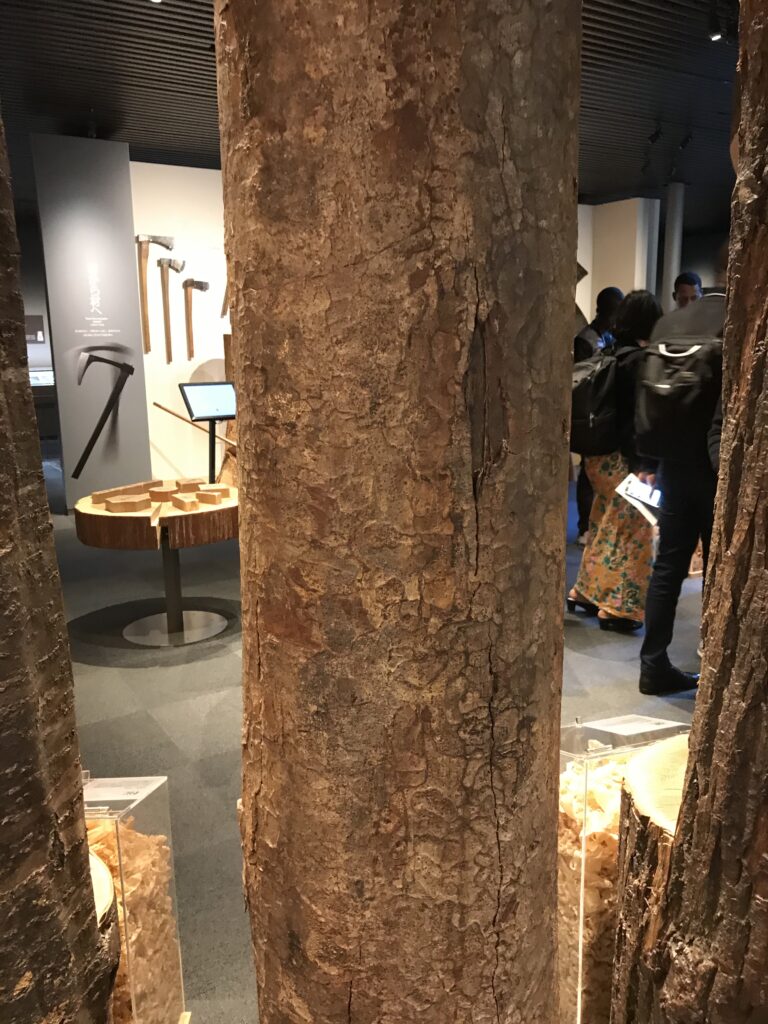
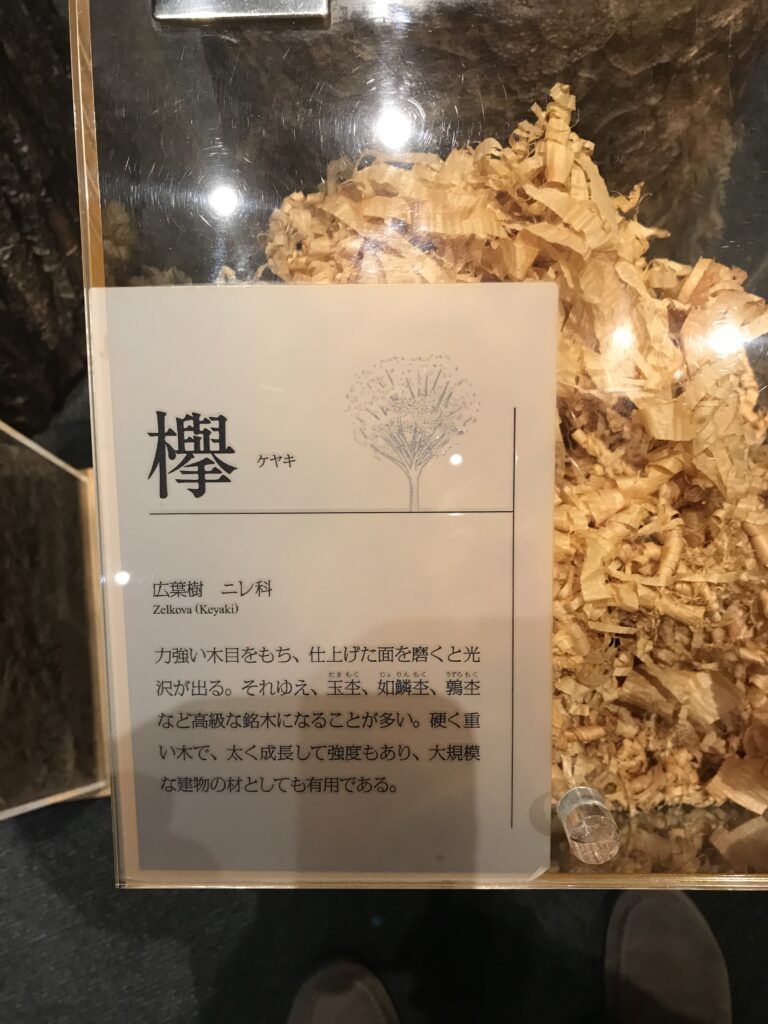
竹中大工道具館に関する書籍
水彩画で綴る大工道具物語に同館の収蔵品が詳述されています。
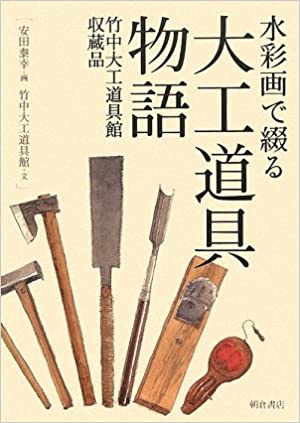
水彩画で綴る大工道具物語 竹中大工道具館収蔵品 [ 安田泰幸 ]
価格:1,760円
(2021/6/21 18:08時点)
感想(0件)
Takenaka Carpentry Tools Museum (English)
Learn about Japanese carpentry tools
I sometimes come to visit the Takenaka Carpentry Tools Museum after I finish giving lectures to trainees visiting Japan in Kobe. I give a lecture from 9:00 to 10:30 a.m., and from 11:00 a.m., we visit the museum together for about an hour to learn about Japanese carpentry tools and building techniques by seeing the actual tools. Afterwards, we visit Horyuji Temple and Todaiji Temple to deepen our interest in traditional Japanese architecture.
Joints and Fittings
When I come across an exhibition of joints and fittings, it is very interesting to see the disassembled parts of the joints when connecting wood to wood vertically or horizontally. I can actually touch and experience how to connect or dismantle wood to wood with the samples.
Transition of the longitudinal cutting method
The first carpentry tool that comes to mind is probably the saw. In the days when Horyuji Temple was being built, when cutting a large tree vertically, the wood was split by driving a wedge into it. As a result, the wood was cut along the cells of the tree and was not necessarily perfectly flat. However, it can be cut without damaging the cells. Over time, around the Muromachi period (1336-1573), saws for cutting large trees vertically, as shown in the attached photo, seem to have become popular.
In addition to saws, various carpentry tools are on display, including planes and chisels. There are quite a few types of planes alone. It is likely that each tool was used for a specific purpose. You can see how the carpenters pursued a high level of perfection in their work.
I can smell the real wood.
In addition to the tools, the museum also displays the wood itself, which is used in Japanese architecture, and there are thin wood planks like dried bonito flakes that have been shaved with a plane so that you can smell them. When I take trainees, we only visit the museum because of the limited time, but there is also a hands-on corner at the museum, so some families come with their children. (End)
Musée des outils de menuiserie Takenaka (Français)
Apprendre à connaître les outils de menuiserie japonais
Je viens parfois visiter le musée des outils de menuiserie Takenaka après avoir donné des conférences à des stagiaires visitant le Japon à Kobe. Je donne une conférence de 9 h à 10 h 30, et à partir de 11 h, nous visitons le musée ensemble pendant environ une heure pour en savoir plus sur les outils de charpenterie et les techniques de construction japonaises en voyant les outils réels. Ensuite, nous visiterons le temple Horyuji et le temple Todaiji pour approfondir notre intérêt pour l’architecture traditionnelle japonaise.
Joints et raccords
Lorsque je tombe sur une exposition de joints et de raccords, il est très intéressant de voir les parties démontées des joints lors de la connexion verticale ou horizontale du bois au bois. Les échantillons me permettent de toucher et d’expérimenter la manière de connecter ou de démonter du bois sur du bois.
Transition de la méthode de coupe longitudinale
Le premier outil de menuiserie qui vient à l’esprit est probablement la scie. À l’époque de la construction du temple Horyuji, lorsqu’on coupait un grand arbre verticalement, on fendait le bois en y enfonçant un coin. Par conséquent, le bois était coupé le long des cellules de l’arbre et n’était pas nécessairement parfaitement plat. Cependant, il peut être coupé sans endommager les cellules. Au fil du temps, vers la période Muromachi (1336-1573), les scies permettant de couper de grands arbres verticalement, comme le montre la photo ci-jointe, semblent être devenues populaires.
Outre les scies, divers outils de menuiserie sont exposés, notamment des rabots et des ciseaux. Il existe plusieurs types de rabots. Il est probable que chaque outil était utilisé dans un but précis. Vous pouvez voir comment les charpentiers recherchaient un haut niveau de perfection dans leur travail.
Je peux sentir le vrai bois.
Outre les outils, le musée présente également le bois lui-même, qui est utilisé dans l’architecture japonaise, et il y a de fines planches de bois comme des flocons de bonite séchée qui ont été rasés à l’aide d’un rabot afin que vous puissiez les sentir. Lorsque j’emmène des stagiaires, nous ne visitons que le musée en raison du temps limité, mais il y a aussi un coin pratique au musée, donc certaines familles viennent avec leurs enfants. (Fin)
